DJI‘s FPV drone has been hotly-anticipated for awhile now, with a leaked video earlier giving enthusiasts a look at the the drone and its peripherals ahead of the launch. But why bother with leaked details anymore? DJI has officially announced the FPV racing drone, and we have the full details—including pricing in global markets.
Ready? Let’s get right into it.
DJI FPV specs
DJI says that this is an “entirely new type of drone”, offering an immersive flight experience that was “never available” up till this point. This is due to the fact that the DJI FPV has been designed to combine the first-person perspective and speed of racing drones, with the camera and transmission technology upon which DJI has built its name.
So, what kind of speeds are we looking at? DJI says that the FPV can go from 0–100km/h in just two seconds thanks to new, state-of-the-art racing motors. You’re also looking at a top speed of 140km/h—for some context, the beginner-focused DJI Mini 2 only has a top speed of around 57km/h.
Meanwhile, as per its name, the FPV comes bundled together with first-person goggles and a new remote controller. DJI also says that a new motion controller option allows pilots to steer the FPV drone by hand movements—although I’m pretty sure this will take some getting used to. Regardless, the entire point of the FPV drone, and the goggles, is to allow pilots, to “see from the drone’s perspective”.
The DJI FPV Goggles V2 comes with two viewing modes: a standard low-latency HD mode (1440×810 pixels at 60fps with 142-degree FoV/50fps with 150-degree FoV), and Smooth mode. For the latter, you’re looking at the same resolution, but this time, you can record at 120fps with 142-degree FoV or 100fps with 150FoV—with under 28ms of latency. And if you want to share your ride, up to eight goggles can be paired at the same time.
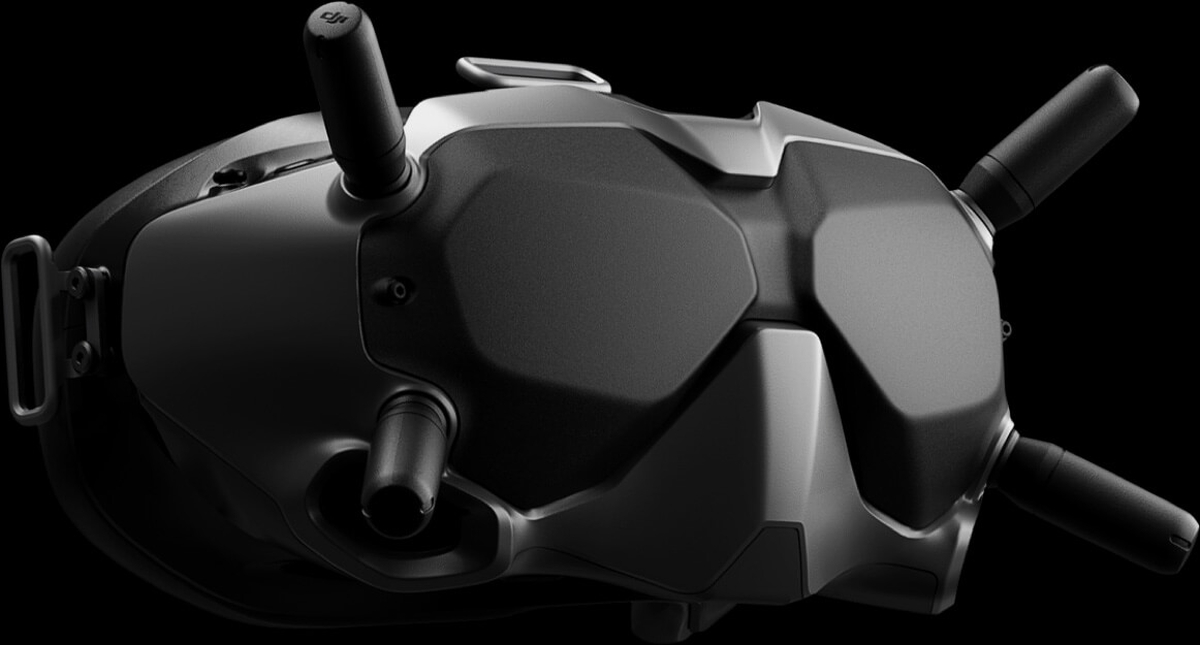
Meanwhile, DJI says that O3 (the third version of DJI’s OcuSync tech) offers “reliability” and transmission range of 10km. Like many of DJI’s drones, you’ll be able to shoot videos at 4K resolution at 60 fps—along with the help of DJI’s RockSteady electronic image stabilisation.
DJI has also made a point of mentioning that the FPV caters for pilots of all skill levels, explaining the three modes available:
- Normal (N) Mode: During N mode operation, DJI FPV operates similar to other DJI drones, hovering in place with the use of GPS and/or visual positioning systems (VPS) on the bottom of the drone. The most approachable flight mode, N mode allows for obstacle detection sensors on the front to be activated to warn when obstacles are near and slow down. Pilots are tasked with maneuvering the drone away from any detected obstacles.
- Manual (M) Mode: Take full control over the drone with M mode which is designed for more experienced users. While in M mode, all sensors and hovering features are disabled.
- Sport (S) Mode: A new hybrid blend of M and N mode, S mode offers some of the dynamic movement capabilities that come with M mode along with some of the key safety features of N mode. S mode is the middle step between the three modes and developed to give pilots more room to explore their skills as they get accustomed to FPV flight.
All of the modes come with an Emergency Brake and Hover feature which can be triggered with the press of the button. Meanwhile, as expected, the Return to Home feature will bring the drone back to you in cases where the connection is lost, of if you’ve flown the FPV beyond its transmission range. Plus, an ADB-S receiver will also warn pilots if another aircraft is in the vicinity of your drone.
The package will come a fairly steep price, especially if you’re a newcomer to the drone world. The standard DJI FPV Combo (drone, remote controller 2, FPV Googles V2, cables, one battery) is available for USD 1,299 (~RM5,262), while the DJI FPV Fly More Kit, which adds on two Intelligent Flight batteries and a charging hub, is available for an additional USD 299 (~RM1,211). And if you want to pick up the standalone motion controller, it’s priced at USD 199 (~RM805).
So, what do you think? We’ve yet to receive official word on Malaysian pricing and details just yet, but be sure to keep this article bookmarked—we’ll be updating it as soon as we can.
The post The DJI FPV is a hybrid drone that combines race-like speed with DJI’s integrated cameras and technologies appeared first on SoyaCincau.com.
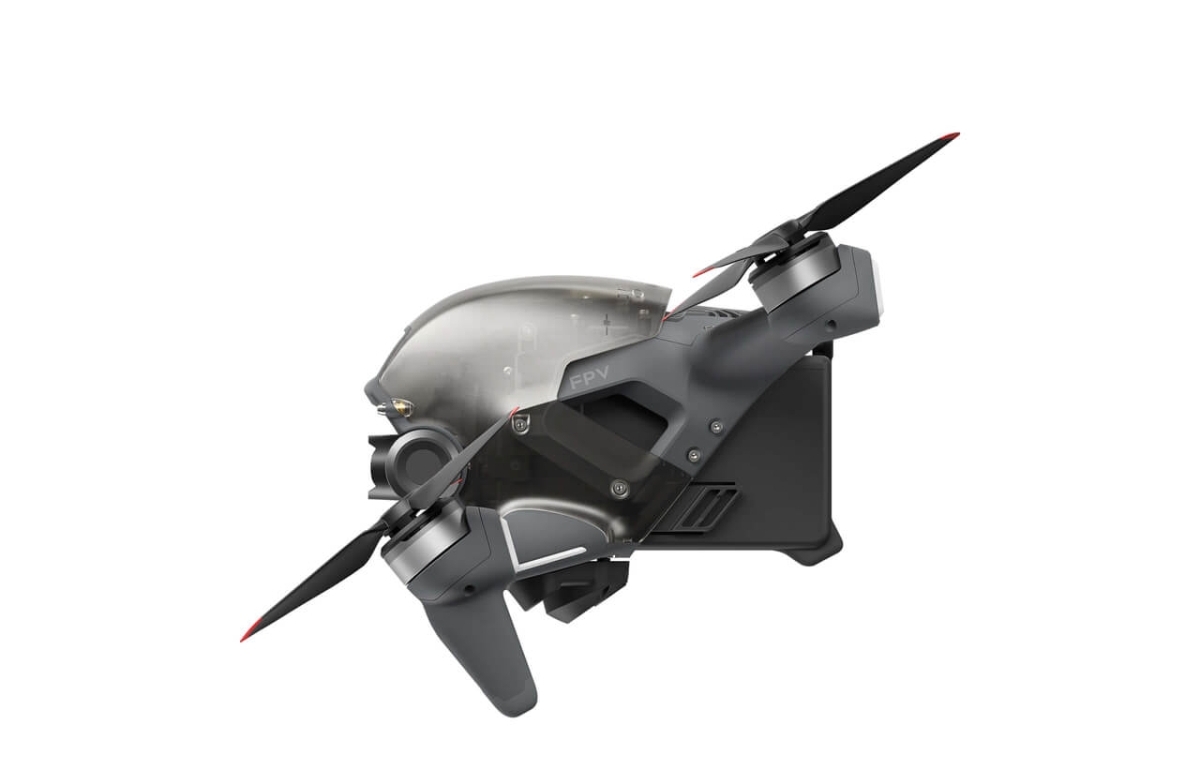
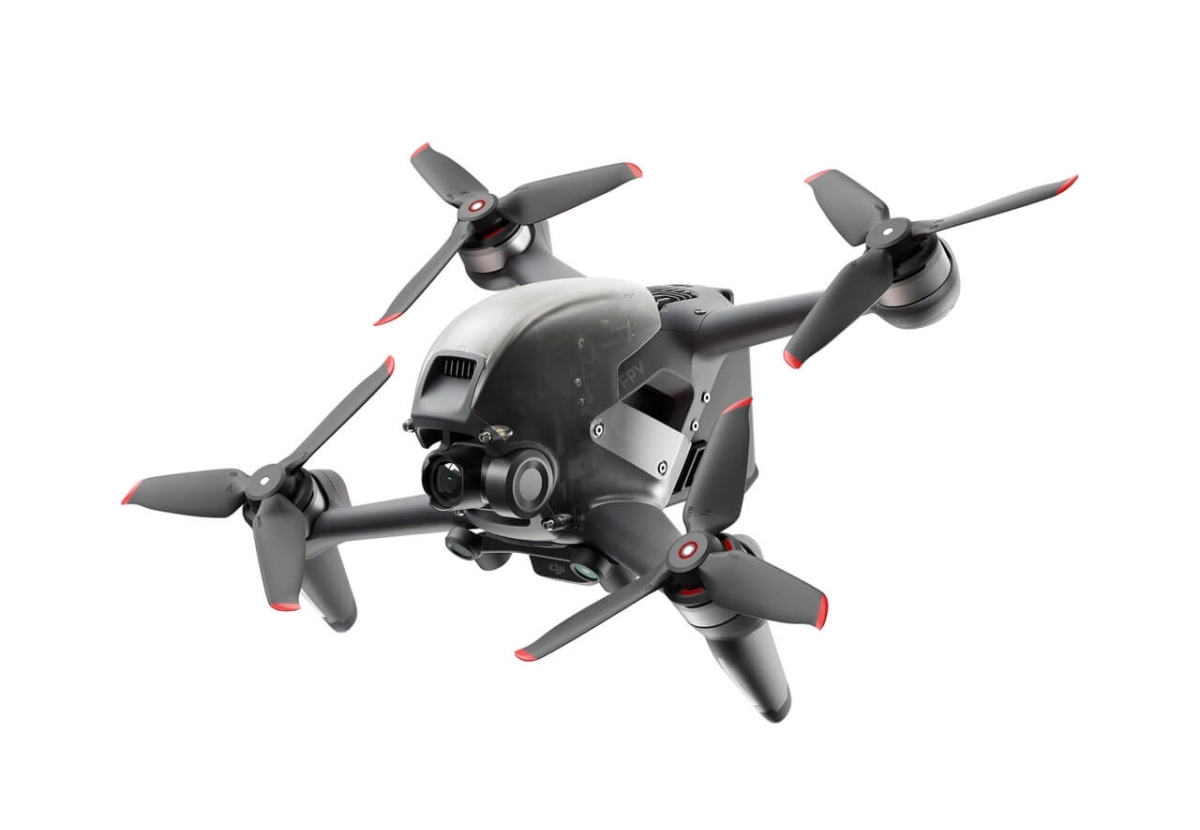
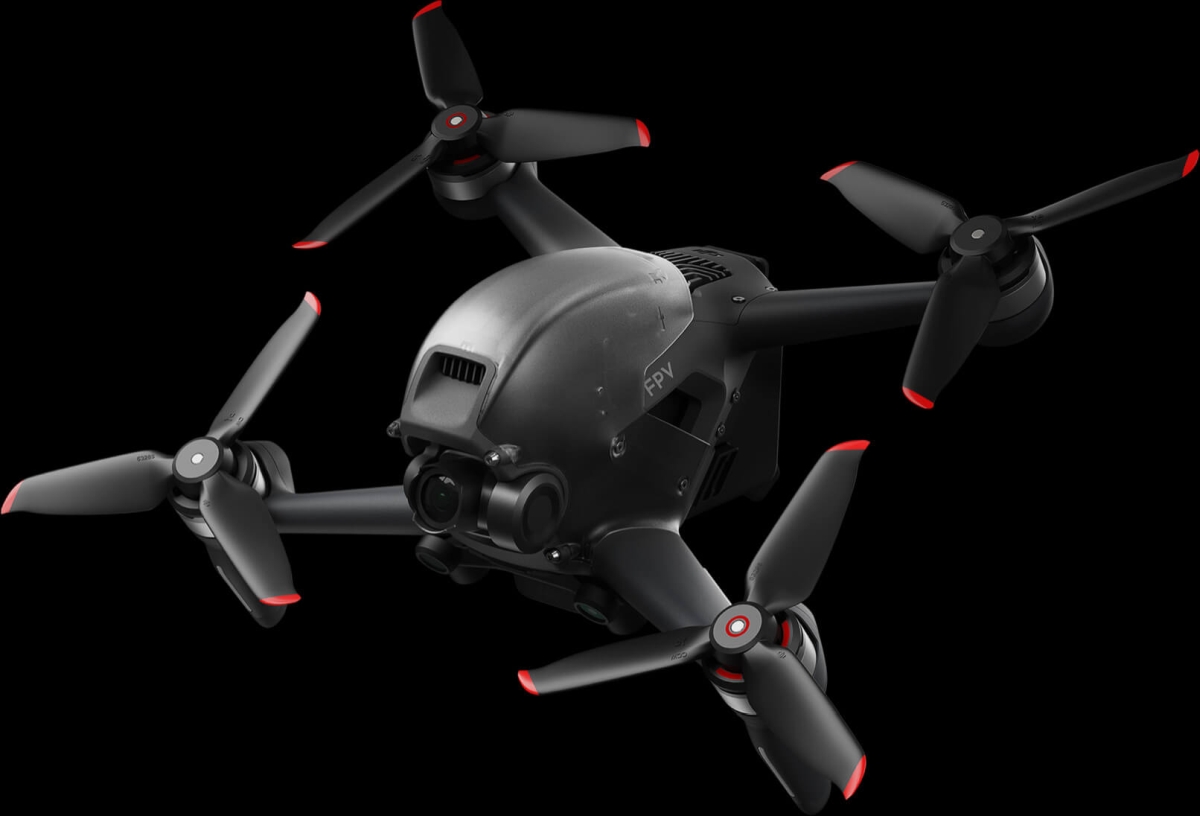
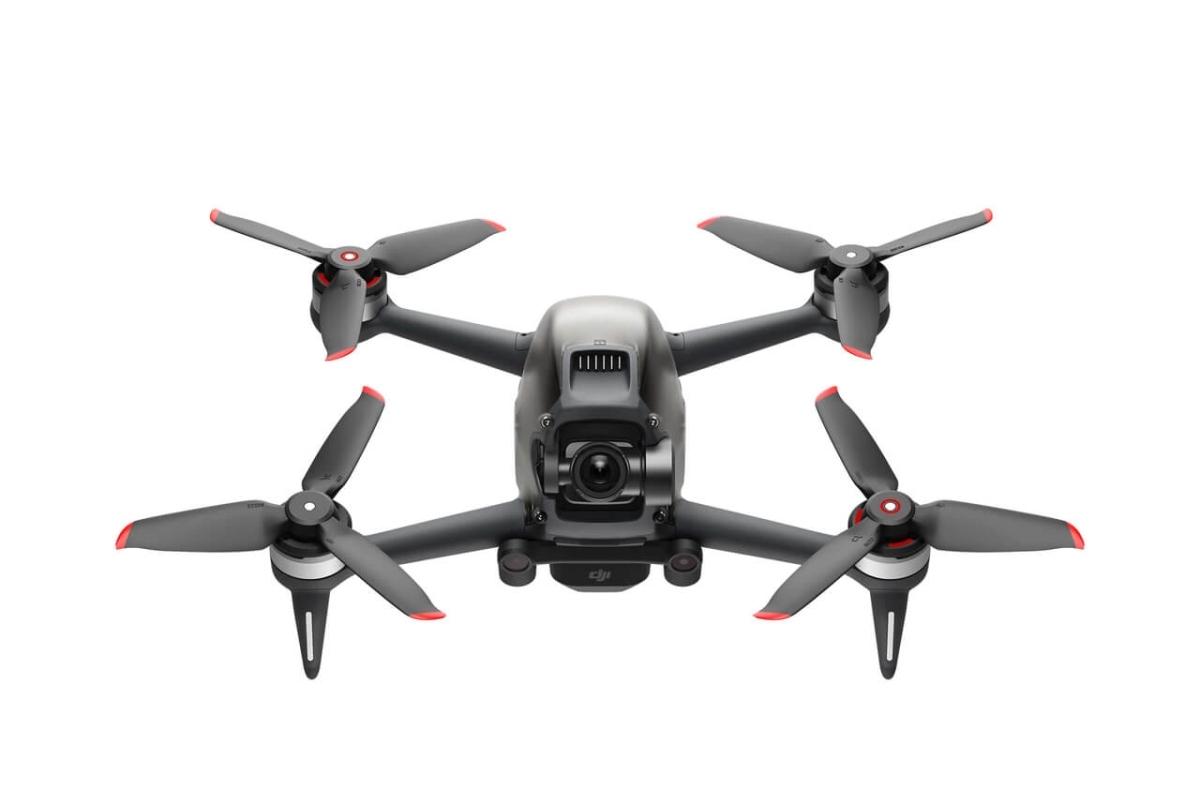
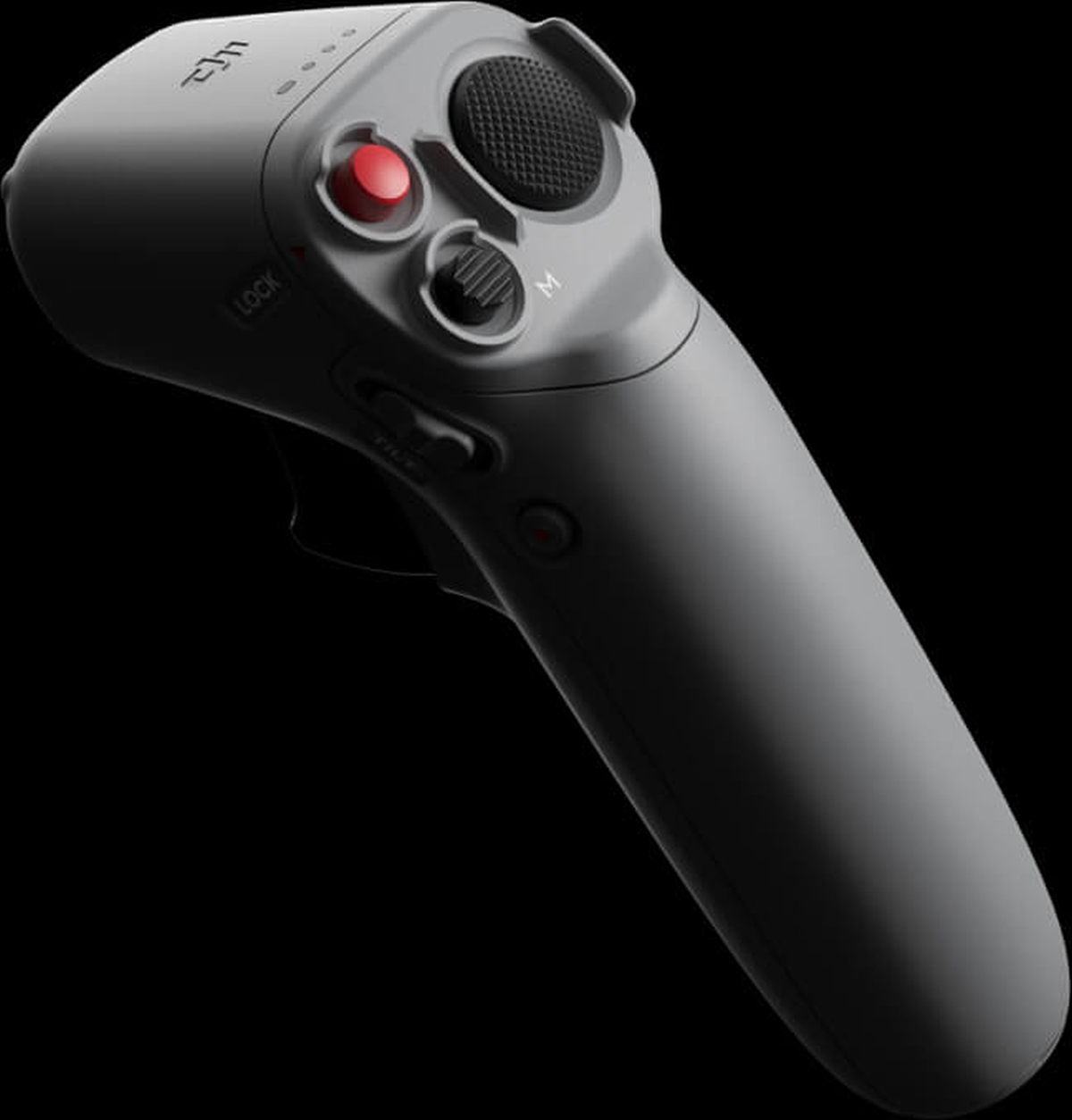
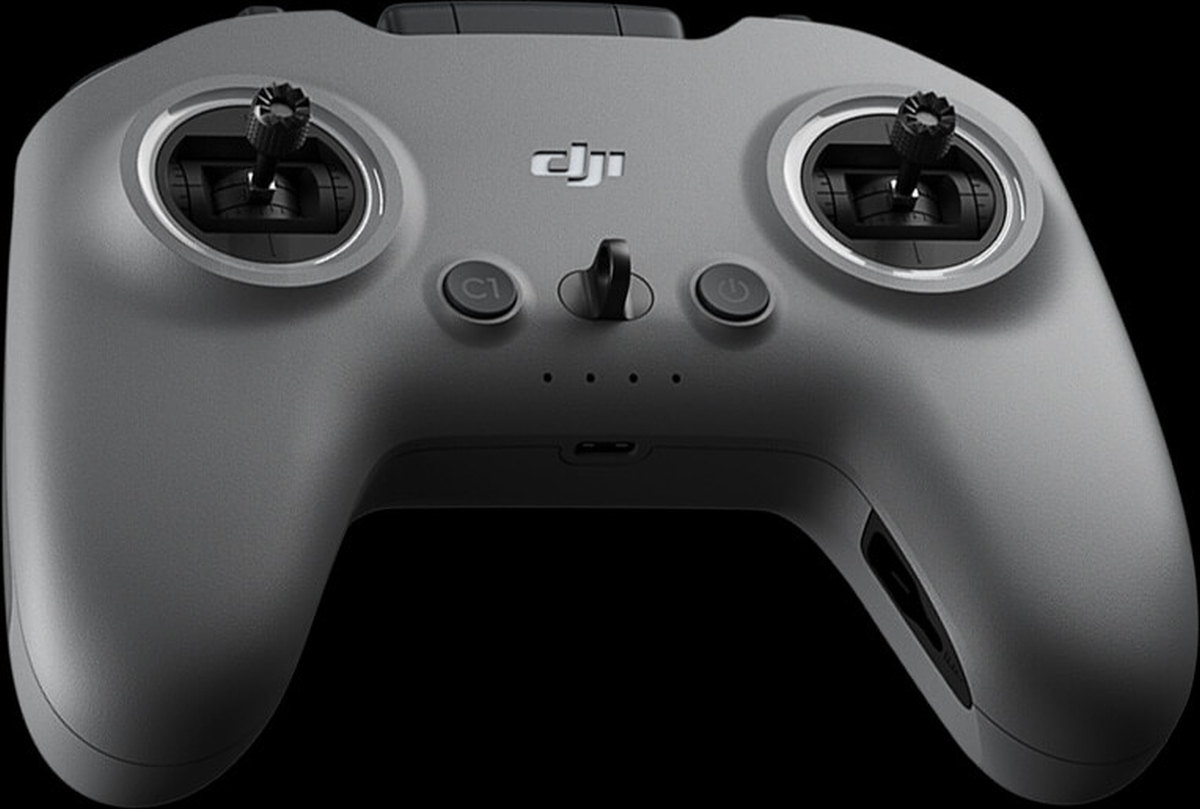
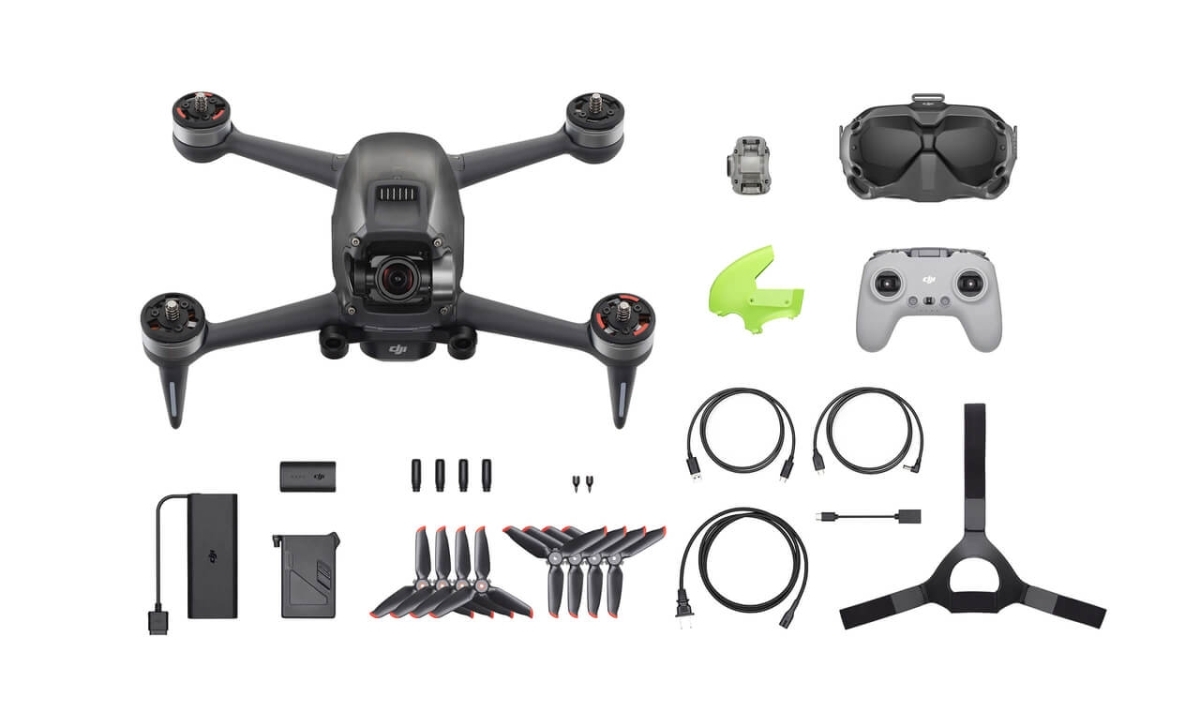
0 comments :
Post a Comment